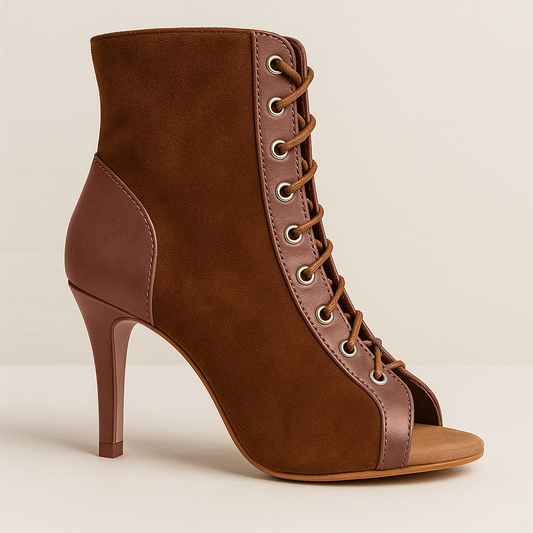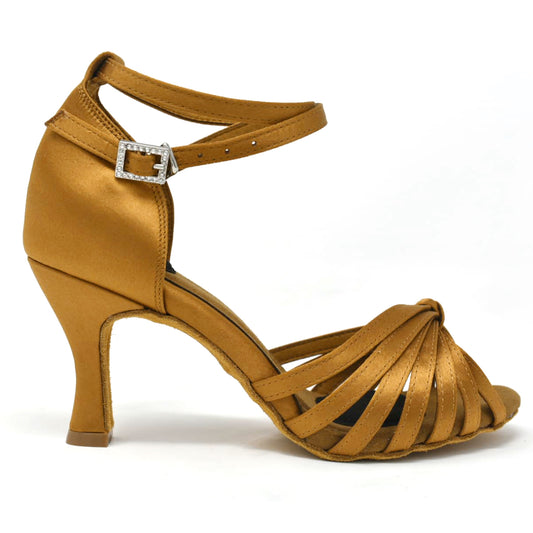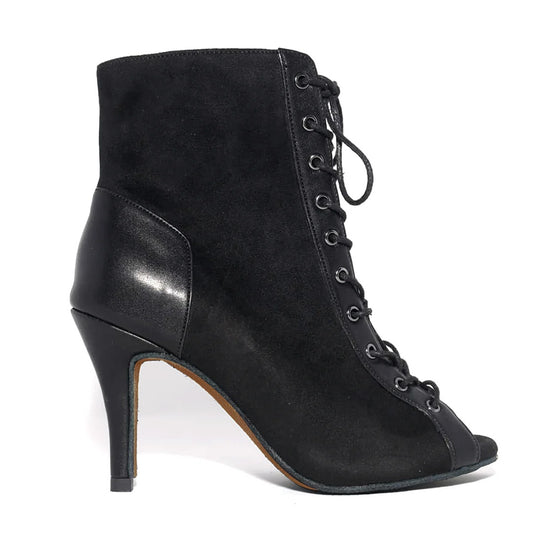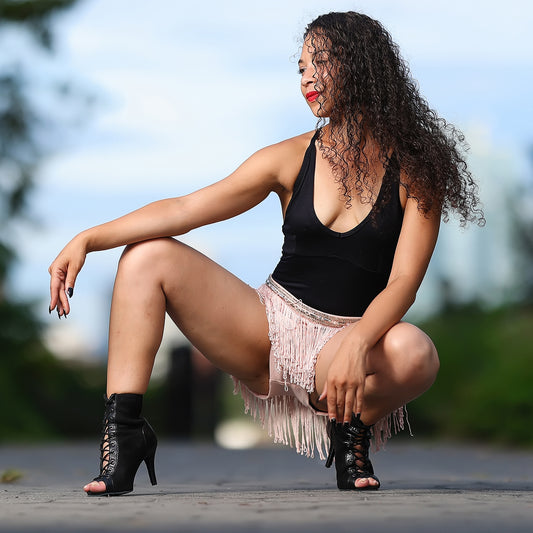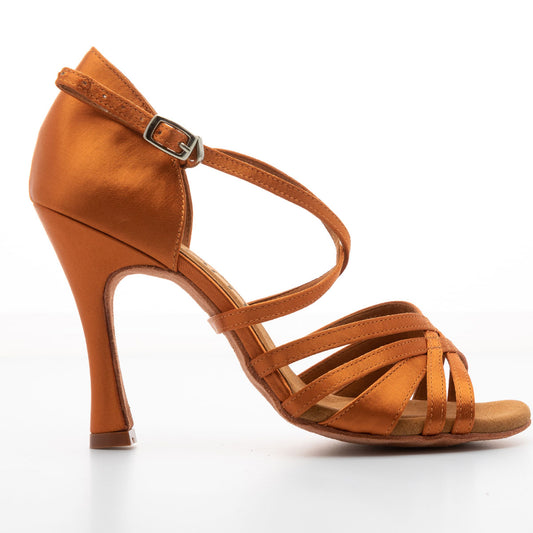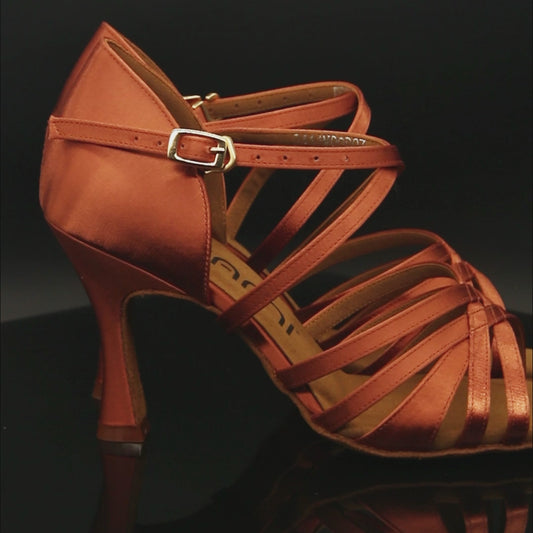
As a woman who loves to dance, you know that the right pair of dance shoes can make all the difference. Whether you're twirling in a ballroom or heating up the dance floor with salsa, the right dance shoes can enhance your performance, boost your confidence, and make dancing even more enjoyable. In this guide,
we'll explore the world of dance shoes and provide tips on how to choose the perfect pair that offers both comfort and style for your dance routines. From understanding the different types of dance shoes to knowing what to look for in terms of fit and comfort, this guide will help you step onto the dance floor with confidence.
Understanding Dance Shoes

Photo Credit: Beletina
When you're just starting out, the world of dance shoes can be overwhelming. You may even be wondering why you can’t dance in the shoes you already have. After all, what’s the difference? A heeled shoe is a heeled shoe...right? And what makes a good pair of ballroom dance shoes? There are so many options, from color to heel to style...let us help you decode.
Street Shoes vs Dance Shoes

Photo Credit: Brand Your ShoesFirst off, let’s talk street shoes and why you shouldn’t dance in them. If you’re just starting out, wearing street shoes for your first lesson or two until you can get a pair of dance shoes is possible – but a common mistake is to wear a shoe with a rubber sole. A rubber soled-shoe against a wood floor does not make for gliding, smooth steps. A rubber-soled shoe (sneakers, mostly) are designed with lots of grip in mind. Whether you’re snaking across the basketball court like LeBron or Kobe, or out for a run, those rubber soles will make sure you don’t slide. And while that’s perfect for other sports, not so for ballroom dancing. In dancesport you need to be able to glide across the floor. A rubber sole will not only inhibit movement but may also be dangerous; imagine trying to spin in a shoe that is sticking to the floor. Your ankles, knees, hips, etc. may not thank you. If you must use street shoes to start, use a pair with leather soles (some ladies evening shoes even have felt on the ball of the foot). If you don't have any leather-soled shoes, then you should invest in a good pair of dance shoes. You’ll be happy you did.
The Importance of Soles in Dance Shoes

Soles are the significant part of the dance shoe. Soles that grip the floor a lot can make you hurt your tarsus during turns. You can fall too. On the other hand, soles that lack the grip can make you slide on the ground when changing direction. The slips can cause harm to your muscles or make you fall. Our choice for your dance shoes is as follows: a. Fabric skin soles (i.e. Smooth skin) – the best; b. Tough skin soles, having or lacking extra tramps holds well.
Heels and Balance

The height of your dance shoe heel is particularly an issue for women. Men’s ballroom dance shoes are typically 1-inch and wide, while men’s Latin dance shoes are a maximum of a 2-inch Cuban heel (block heel). Women’s heels range from 1.5 inches to 4 -inch stilettos. Ladies, while you may walk in a 4 -inch stiletto, if you are new to ballroom dancing do not buy a dance shoe of the same height. There is a world of difference between walking in stilettos and dancing in them.
Fit

Fit is hugely important. More so than in street shoes. When you buy a pair of street shoes, be they casual or evening wear, it doesn’t matter if they are a little too big – you can always add an insole. This is not the case with dance shoes. Your dance shoes must have a snug fit. If your shoes are too big, your feet will move around inside them. This movement will result in a loss of balance making it much easier for you to trip and injure yourself. In conclusion, choosing the right pair of dance shoes involves considering the type of dance, the fit of the shoe, the material of the sole, and the height of the heel. By taking the time to find the right pair, you can enhance your performance, prevent injuries, and enjoy your dance routines even more.

